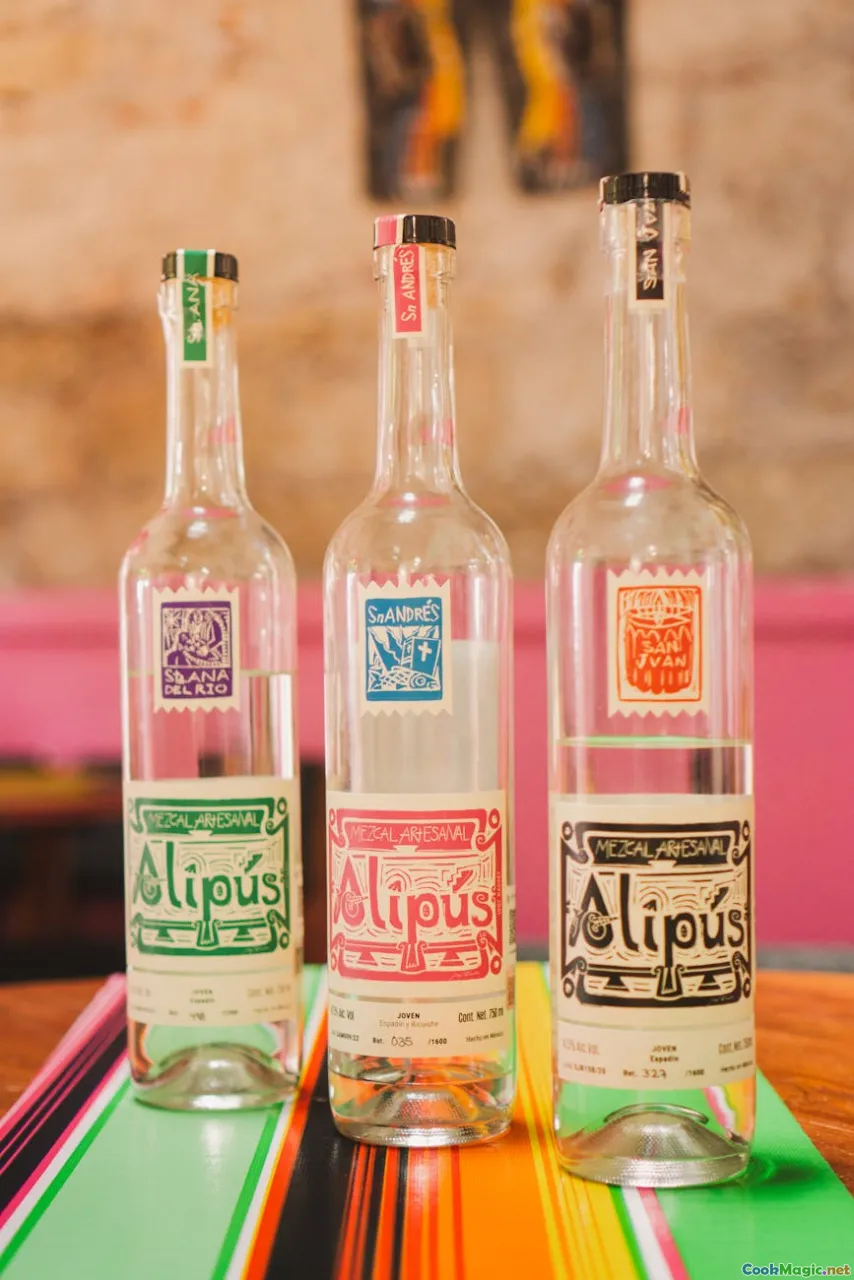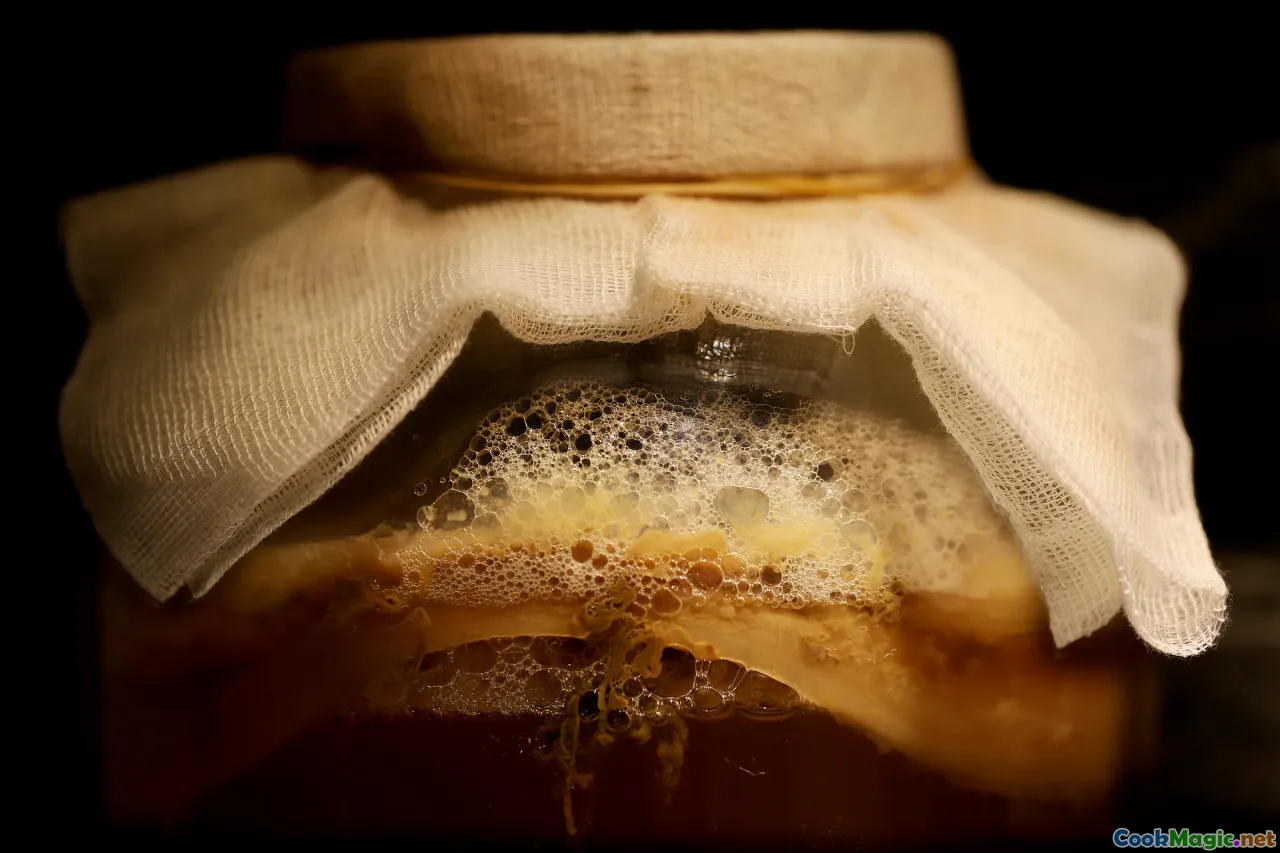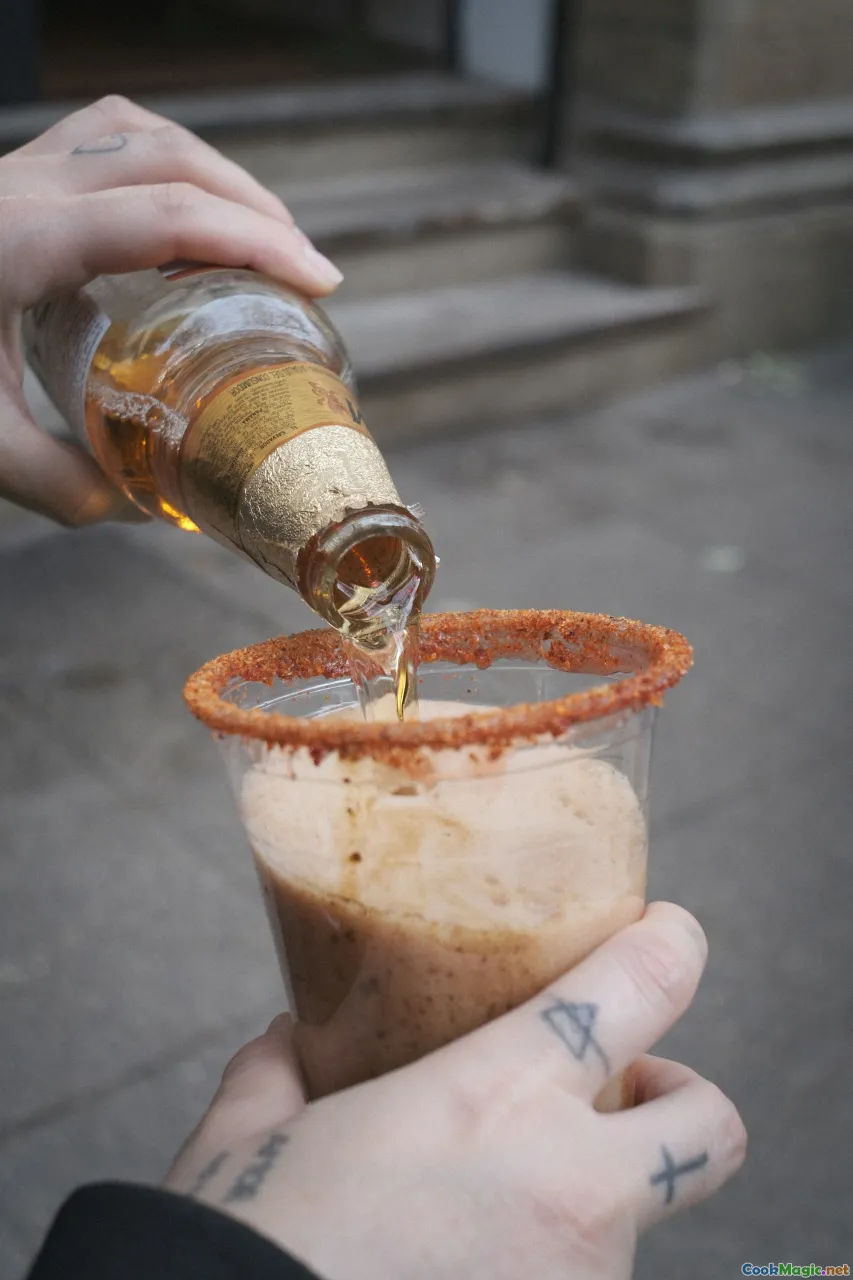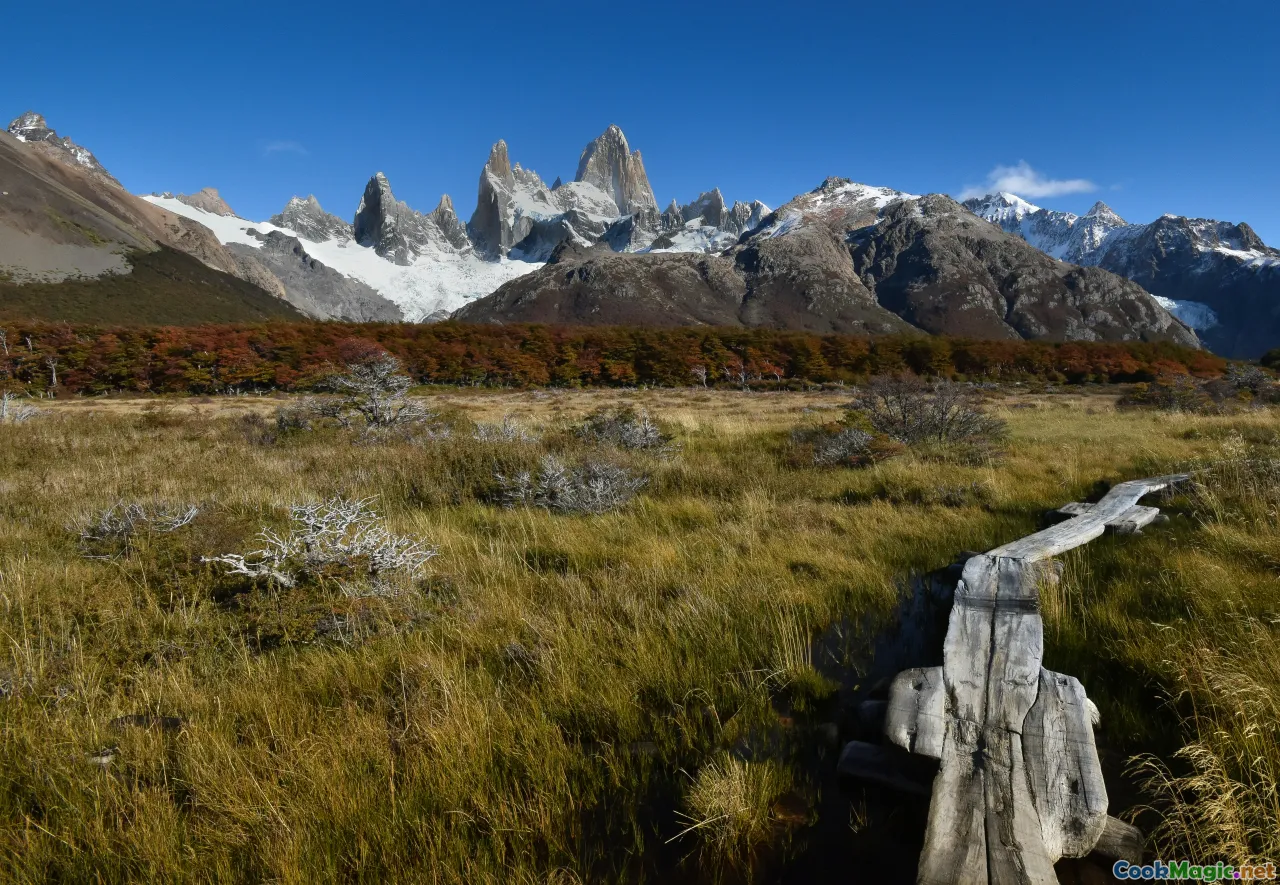Guide to Iconic Chilean Drinks Beyond Pisco
12 min read Discover Chile's iconic drinks beyond Pisco, exploring unique flavors, cultural significance, and traditional recipes that define Chilean culinary heritage. July 16, 2025 18:05
Discovering Chilean Libations Beyond Pisco: A Journey into Local Flavors
When you picture Chile, sweeping vistas of the Andes, vibrant street art in Santiago, and perhaps the fiery dance of cueca come to mind. But beneath the stunning landscapes lies a rich tapestry of traditional beverages that embody Chile’s soul—more than just the world-famous pisco. From the rustic comfort of chicha to the refined notes of terremoto, these drinks carry stories, history, and the warmth of Chilean culture in every sip.
Whether you’re a culinary adventurer or a seasoned connoisseur exploring Chilean cuisine, understanding these iconic drinks deepens your appreciation for the land’s remarkable culinary heritage. Let's journey through the lesser-known, yet equally captivating, drinks that define Chile beyond pisco.
Chicha: The Fermented Heritage of the Andes

Chicha is perhaps Chile’s oldest and most culturally significant fermented beverage. Its roots trace back centuries, originating from indigenous Andean communities who crafted it from corn, grapes, apples, or quinua. The preparation varies regionally, but its purpose remains consistent: a communal drink that embodies local identity and indigenous resilience.
In rural towns like San Pedro de Atacama or the valleys near Los Andes, chicha retains its rustic charm. The process involves fermenting crushed fruit or grains in clay jars, sometimes with a touch of wild yeasts that give each batch a unique flavor profile. The resulting drink is tangy, lightly fizzy, with fruity and floral notes that dance on the tongue.
Tasting chicha offers a sensory journey—its cloudy appearance hints at the granular sediments, while the aroma introduces a sweet, sour bouquet reminiscent of ripe corn and ripe fruit. Many Chileans still partake during festivals or in rural taverns, where the drink is served in shared calabash gourds, fueling communal bonds.
Personal Insight: In the high-altitude villages of the Libertador General Bernardo O'Higgins Region, I witnessed elders brewing chicha in a traditional manner, their hands skillfully cranking and tasting. There’s an unmistakable authenticity in such preparations, a living link to ancient times.
Terremoto: A Lemon-Infused Symphony of Festivity

Moving from tradition to celebration, the terremoto—literally 'earthquake'—is one of Chile’s most beloved and vibrant cocktails. It’s not only a drink but a mood, embodying the lively spirit of Chilean fiestas and street gatherings, especially in Santiago’s Bellavista neighborhood.
This bold blend consists of pipeño (a sweet, fermented wine), pineapple ice cream, and a splash of grenadine syrup. When mixed, it erupts in a kaleidoscope of colors and flavors—sweet, tangy, and effervescent. Sipping a terremoto feels like biting into a burst of sunshine; the ice cream’s creaminess balances the vinegary sharpness of the wine, all washing over your palate with a refreshing sensation.
Bartender’s Tip: For an authentic experience, use homemade pineapple ice cream—rich, fragrant, nearly melting—carefully blended into the wine to create a smooth yet lively cocktail. Perfect for Saturday night gatherings.
Mote con Huesillo: The Sweet Nostalgia of Summer

Few drinks evoke Chilean summers quite like mote con huesillo. This treasured beverage combines dried wheat kernels (mote) cooked to soft tenderness and sweet dried peaches (huesillo). Served cold, it’s a nectar of sunshine, capturing the essence of lazy afternoons in the Andes.
The preparation is simple but deliberate: the dried fruits are soaked overnight, swelling and softening, then simmered to extract their deep, caramelized flavors. The resulting syrup is poured over cooked wheat, chilled, and garnished with a chunk of huesillo and a dash of sugar.
The texture offers a unique contrast—the chewy grains against the juicy, tender peaches—while the aroma wafts with spice, dried fruit sweetness, and earthy undertones. Its luscious, syrupy consistency is cooling, making it an ideal respite during Chile's scorching summer months.
Tip: For an authentic experience, find huesillos at a local feria, where farmers and vendors sell freshly dried peaches, ensuring your homemade batch captures the true flavors of Chilean summer.
Casi Casi: The Bubbly Son of Chilean Fizz

While cava and sparkling wine are globally renowned, Chile’s local tradition of 'Casi Casi' is a playful, homemade sparkling beverage that showcases Chilean ingenuity. It is a fermented fruit soda, often made from broken or imperfect local fruits like peaches, cherries, or berries.
Made through natural fermentation—similar to cider—the result is a lightly fizzy, subtly alcoholic drink that captures the freshness of Chile’s abundant orchards. Its cloudy, effervescent appearance and tangy-sweet profile make it a refreshing alternative to commercial fizzy drinks.
DIY Tips: For a homemade 'Casi Casi,' ferment crushed fruit with sugar and water in a clean bottle, leaving it to ferment for a few days until carbonation is achieved. Always vent during fermentation to avoid bottle explosions—a fun, slightly scientific adventure.
Aguas de Azar: Chile’s Aromatic Herb Infusions

Beyond fermented and fruit-based drinks, Chile boasts a variety of herbal infusions called 'Aguas de Azar.' These are simple cold-brewed herbs, flowers, and spices steeped in water, often enjoyed as restorative or during special occasions.
Popular ingredients include bold basil, aromatic maté (Yerba Mate), fragrant chamomile, and even native plants like boldo. The resulting infusions are vibrant in both color and flavor—bright, lingering, and often medicinal.
On a leisurely afternoon in Chilean coastal towns like Valparaíso, sipping a glass of citrus and mint water while gazing over the Pacific is an experience layered with sensory pleasure. These drinks are personal, often passed down through generations, and carry calming aromas that evoke peaceful moments.
Exploring Regional Variations and Traditional Pairings

Chilean beverages, much like its cuisine, are deeply regional. The northern deserts of Atacama favor chichi (much like chicha but more clarified and refined), paired with regional delicacies such as llama meat or quinoa dishes.
The southern fjords and Patagonia’s winds give rise to hearty drinks like fermented berry liquors—señoritas de murta, a native berry. These are often sipped during long winter nights alongside hearty stews and smoked meats.
In the central valleys, where vineyards flourish, traditional spirits like pisco cohabit with contemporary craft cocktails. Yet, local brews such as artisanal beers brewed with native herbs and fruits are becoming increasingly popular. Pairing these with regional cheeses or seafood creates a culinary-harmonious dialogue between land, sea, and spirit.
Tips for Cultivating a Chilean Drink Experience at Home

- Seek authenticity: Visit local markets for fresh regional ingredients like huesillos, fresh herbs, and local fruits.
- Experiment with fermentation: Try making your own chicha or Casi Casi; always observe safety during fermentation.
- Embrace the ritual: Much of these drinks’ charm lies in communal sharing—prepare a batch and toast with friends.
- Pair wisely: Complement beverages with Chilean dishes like pastel de choclo, curanto, or seafood ceviches to deepen your culinary exploration.
Let Chile’s Spirit Inspire Your Culinary Journey
Chilean drinks express more than flavor—they embody community, history, and the vibrant resilience of a land shaped by mountains, deserts, and sea. From the tangy bubbles of terremoto to the sweet nostalgia of mote con huesillo, each sip invites you into a story rooted in tradition yet alive with creativity.
Now, whether you toast with a homemade terremoto on a warm Santiago evening or savor a chilled glass of herbal infusions by the fire in Patagonia, remember that these cherished beverages connect you with the heart of Chile’s captivating cuisine.
Por tanto, levantemos nuestras copas—¡Salud y buen provecho! — To health and culinary discovery.









